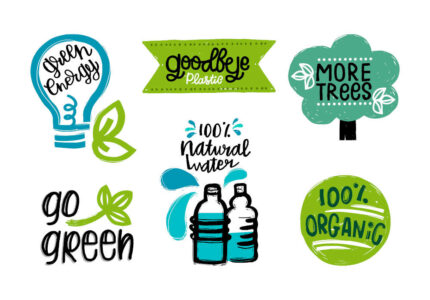- Credit for greenhouse emissions reduced or removed from the atmosphere from an emission reduction project, which can be used by governments, industry or private individuals to compensate for the emissions they are generating.
- Permission is granted to a country, company or organization to produce a certain amount of emissions which can be traded in if not used.
- License to trade – a certificate is issued giving the prospective emitter the right to produce up to one ton of CO2 or its equivalent.
- Any tradable certificate or permit representing the right to emit one tonne of carbon dioxide or the equivalent amount of greenhouse gases.
- One carbon credit is equal to one tonne of carbon dioxide or in some markets, carbon dioxide equivalent gases.
Example:
Under the cap and trade program, a company emitting less than its capped limit may sell unused carbon credits to a company exceeding the limit. For example, a company A has a cap of 10 tonnes but produces 12 tonnes of emissions. Another company B also has an emission cap of 10 but emits only 8 resulting in a surplus of 2 credits. A may purchase the additional credits from company B to remain in compliance. Without the purchased credits, A would face penalties.





